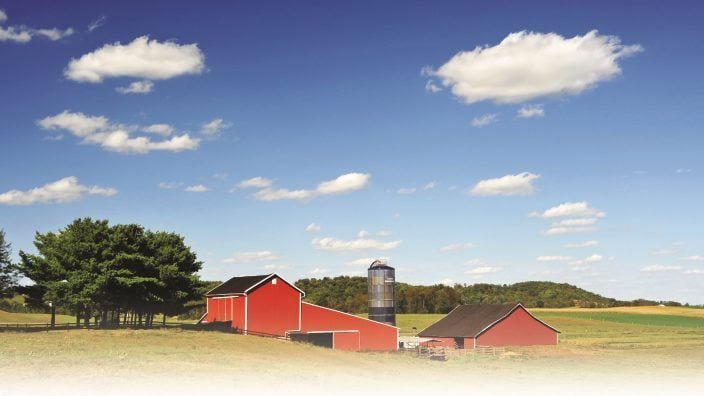Applications for Ohio Farm Bureau Health Plans now available
Members have three ways to apply: contacting a certified agent, calling 833-468-4280 or visiting ohiofarmbureauhealthplans.org.
Read MoreMore than $300 billion has been added to the Paycheck Protection Program (PPP), after the initial $349 billion in funding was depleted in quick fashion earlier this month.
In a nutshell, PPP is designed to help small businesses keep their employees paid through the coronavirus crisis. These loans are open to many businesses under 500 employees, including nonprofits, the self-employed, startups and cooperatives.
Before the PPP, most farmers and ranchers had never worked with the Small Business Administration. Those in agriculture were most often referred to USDA’s Farm Service Agency.
When the program was finalized as part of the CARES Act, agriculture enterprises that meet the employment criteria, whose principal place of residence is in the United States became eligible, regardless of revenue levels.
“The results of our Farm, Food and Agribusiness COVID-19 Impact Survey made it very clear that many of our members were experiencing cash flow issues due to this crisis, so we made sure lawmakers knew the importance of reopening the PPP program,” said Jack Irvin, Ohio Farm Bureau’s senior director of state and national policy. “We encourage our members to look at this option, as well as the other programs included in the CARES Act as they seek assistance to help get them through these very difficult times.”
The PPP provides eligible businesses loans up to $10 million to cover 2.5 times the average monthly payroll costs, measured over the 12 months preceding the loan origination date, plus an additional 25% for nonpayroll costs. Payroll costs include salaries, commissions and tips; employee benefits (including health insurance premiums and retirement benefits); state and local taxes; and compensation to sole proprietors or independent contractors.
One of the real highlights of the PPP is that the portion of the loan that covers eligible expenses within an eight-week period from Feb. 15, 2020 – June 30, 2020, is forgivable, as long as the company maintains staff and payroll. Any loan proceeds in excess of this amount are subject to repayment at a rate of 1%. The maximum duration of the PPP loans is two years.
Funds from this program will be allocated to small businesses on a first-come, first-served basis. The sample application can help potential borrowers prepare for the lender meeting.
Farmers can apply for the PPP through any existing SBA 7(a) lenders, federally insured credit union, Farm Credit System institution or through any federally insured depository institution that is participating.
If Ohio Farm Bureau members are unable to be served by their local bank, Farm Bureau Bank is accepting applications from not only their existing customers, but from all Farm Bureau members as well. They have already assisted members in 26 states and have the capacity and expertise to help members in Ohio as well.
Other current eligible lenders can be found by searching the SBA website.
Find answers to frequently asked questions about PPP as it pertains to agriculture.
The U.S. Treasury Department and the Small Business Administration (SBA) released new guidance for calculating the maximum PPP loan, which includes guidance for farmers who file an IRS Schedule F. The updated guidance can be viewed here.
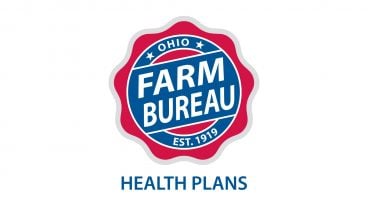
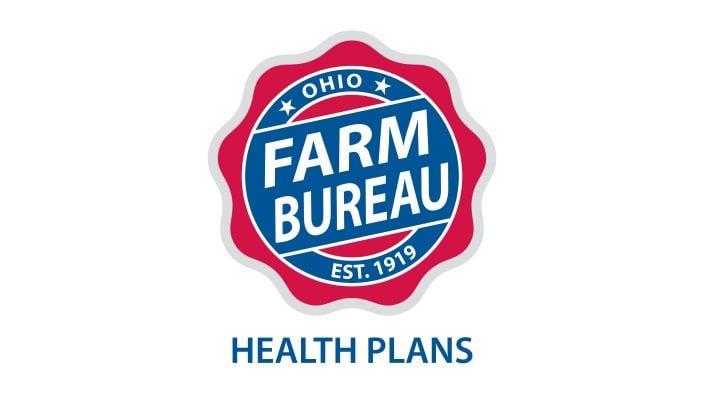
Members have three ways to apply: contacting a certified agent, calling 833-468-4280 or visiting ohiofarmbureauhealthplans.org.
Read More

For Ohio and PJM region, the outlook is reassuring—ample reserves and strong planning should keep the power on.
Read More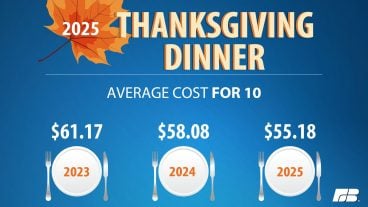
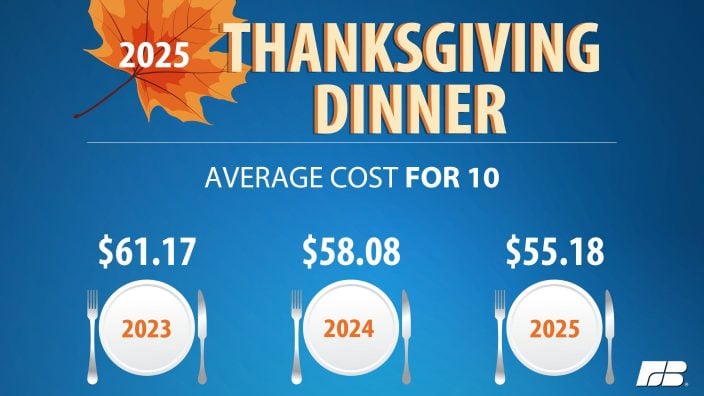
The average price for a classic holiday feast for 10 in Ohio will cost $55.87.
Read More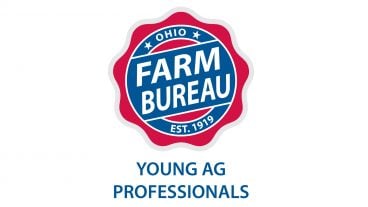
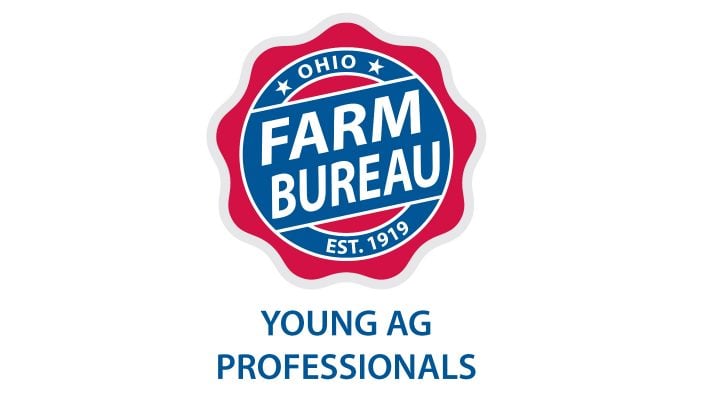
Meet the four new members of Ohio Farm Bureau’s Young Ag Professionals State Committee.
Read More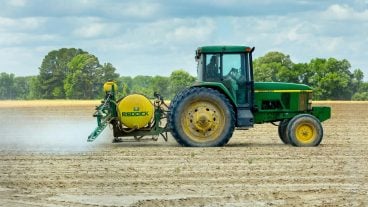
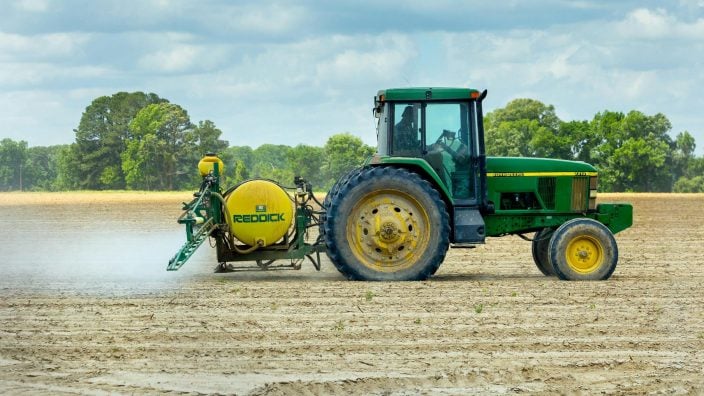
HB 10 ensures transparency around how imitation meat is labeled, along with restoring needed flexibility around the application of crop protection tools.
Read More

FBi Buildings has been delivering exceptional post-frame construction solutions for 65+ years, earning the trust of satisfied customers throughout the Midwest.
Read More

Ohio BWC industrial hygienists, safety consultants, and ergonomists can visit your farm, help spot risks, and suggest improvements that make a real difference.
Read More

Nationwide’s Grain Bin Safety campaign expands its reach, delivering grain rescue tubes and training to 62 fire departments in 2025.
Read More

Urge President Trump and Congress to act before the end of 2025 to provide immediate relief and long-term stability for America’s farmers and ranchers.
Read More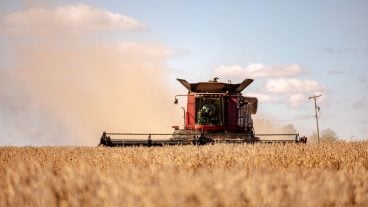
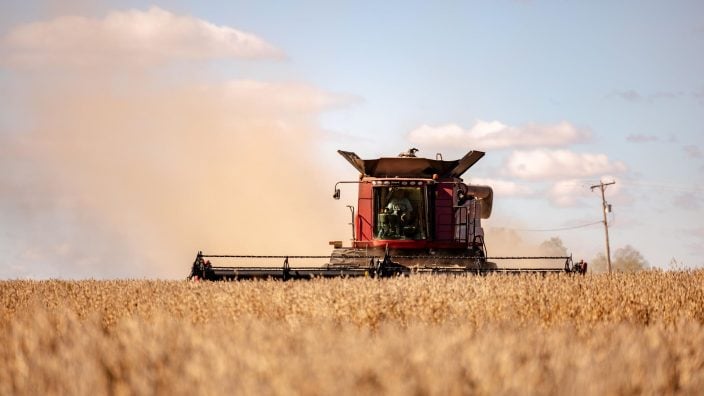
Meet Marion County Farm Bureau member Clayton Lust, a third-generation grain farmer and Beck’s Hybrids dealer, and Kelsey Bezdek, a first-generation livestock farmer and Lake County Farm Bureau member.
Read More